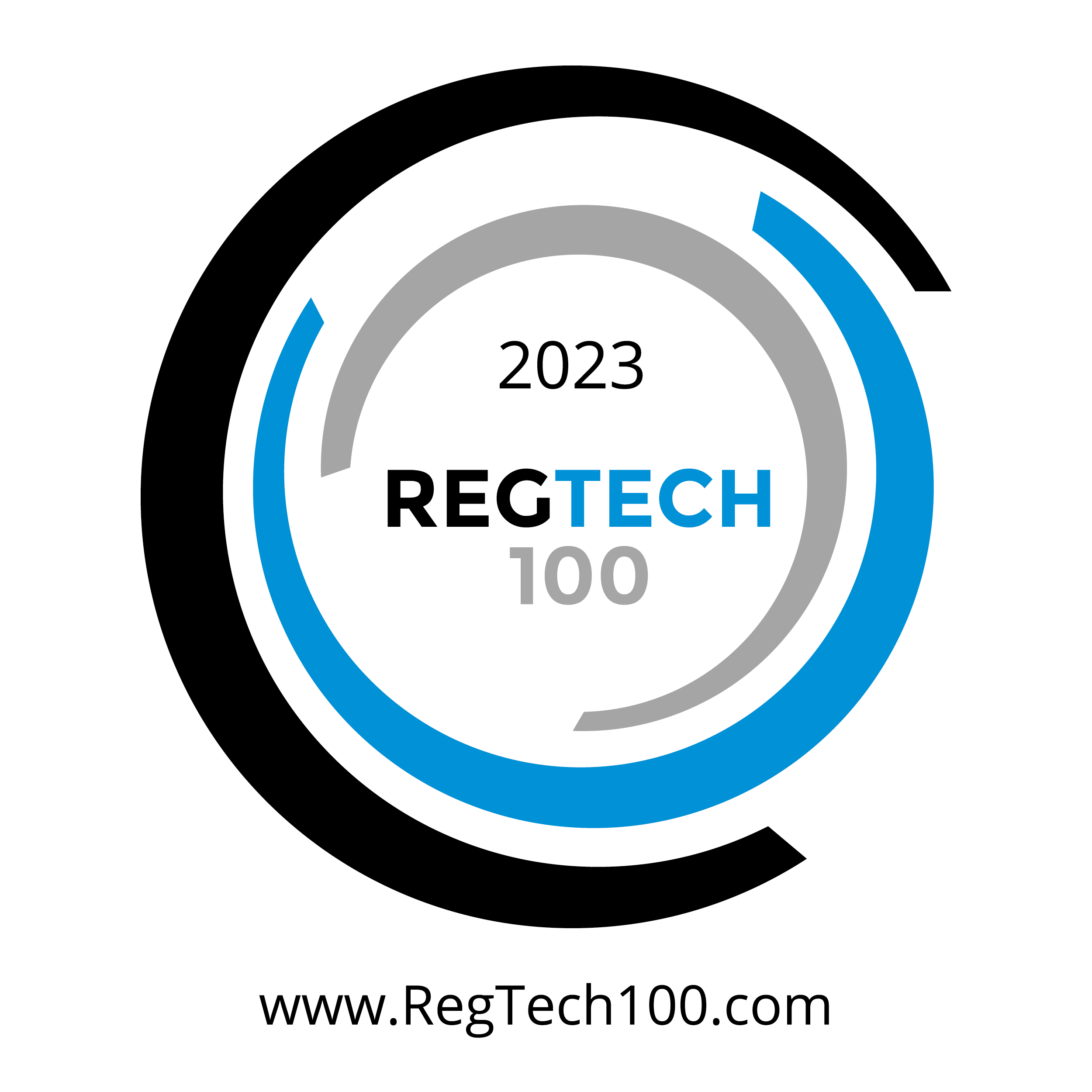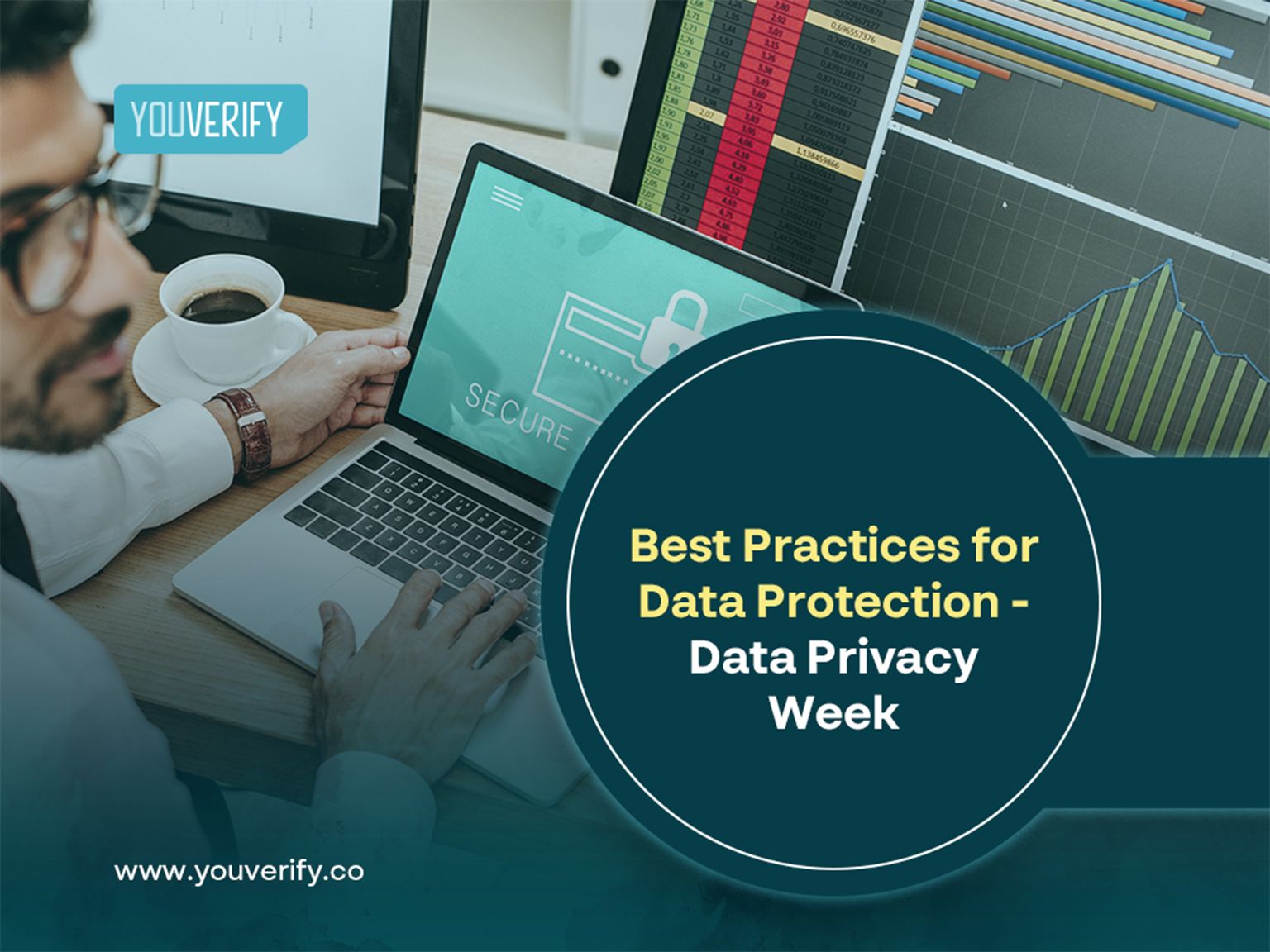Data protection and data privacy are often used interchangeably, however, they are very different. Data privacy involves who can access data while data protection involves the tools and policies that restrict the data.
Still on data privacy week 2025, this week is dedicated to growing awareness in Data Privacy, whether you are a business owner, employee or customer, understanding the best practices for Data Protection and Privacy can help to avoid data breaches and ensure compliance with GDPR, CCPA or the NDPR.
In this article, you will learn the best practices for data protection, what data should be protected and how to protect your data.
What is Data Protection Best Practice?
Data protection and privacy best practices are essential guidelines designed to safeguard personal and organizational data against unauthorized access, misuse, or breaches. In today’s digital-first world, these practices ensure data remains secure, private, and compliant with evolving legal regulations.
By adhering to data protection principles, businesses can effectively secure sensitive information, reduce risks, and maintain trust with their customers. Whether you're an individual or an organization, committing to these practices is crucial in creating a secure digital environment.
5 Best Practices for Data Protection and Privacy
On this data privacy week and beyond, it is very important to learn the best practices for data protection. These 5 best practices will ensure your data and sensitive information are safe.
1. Encrypt Sensitive Data
Encryption transforms data into unreadable formats without the correct decryption keys, protecting it from unauthorized access. It’s vital for both data at rest and data in transit:
i. Data at Rest: Stored data on devices, servers, or databases that isn’t actively transmitted.
- Use AES-256 encryption or other robust industry standards.
- Employ full-disk encryption for devices and drives.
- Protect encryption keys with secure management systems.
- Regularly audit encrypted storage for compliance.
2. Data in Transit: Data actively moving between systems, such as emails or file transfers.
- Use TLS (Transport Layer Security) to encrypt data sent over networks.
- Implement end-to-end encryption for emails and messaging.
- Secure remote access with VPNs.
- Avoid using unsecured public Wi-Fi without added encryption layers.
2. Access Control: Less is More
Sensitive information should only be accessible to those who truly need it. By implementing role-based access controls (RBAC), organizations can ensure employees only interact with data relevant to their responsibilities. This minimizes exposure and significantly reduces insider risks.
3. Multi-Factor Authentication (MFA): The New Standard of Security
MFA adds layers to the authentication process, requiring users to verify their identity through multiple methods, such as passwords and biometrics. This simple but effective measure ensures that even if one layer is compromised, unauthorized access is still prevented.
4. Employee Training: A Human Firewall
Technology alone cannot mitigate all risks. Employees play a pivotal role in data protection and privacy. Regular training on identifying phishing scams, following security protocols, and respecting data privacy regulations can transform your workforce into your strongest defense against breaches.
5. Regular Updates and Audits: Stay Ahead of Threats
Outdated systems and software are an open door for cyberattacks. Conduct regular system updates, patch vulnerabilities promptly, and audit your data protection strategies to ensure they align with evolving threats.
Related: How to Take Control of Your Data
What Data Should be Protected?
Logically data privacy should be applied to everything that defines our digital lives, our personal details, financial transactions, online activities, and even the photos we share.
The way we handle and protect this information has become a matter to be educated about . Data Privacy day serves as a reminder of the important role we all play in safeguarding sensitive information, whether as individuals or organizations.
Not all data is created equal, but all sensitive information deserves protection. This includes:
- Personally Identifiable Information (PII) - Names, addresses, identification numbers.
- Financial Information - Credit card details, transaction data, and banking records.
- Health Records - Confidential medical data.
- Business and Intellectual Property Data - Trade secrets, patents, proprietary systems.
- Regulated Data - Information governed by legal or industry-specific regulations.
- Sensitive Customer Data - Behavioral patterns, preferences, and sensitive interactions.
- Credentials and Authentication Data - Passwords, biometric data, and authentication tokens.
How We Protect Your Data
At Youverify, we prioritize Privacy by Design in every solution we deliver. Our approach is rooted in creating systems that inherently protect data, aligning with the most stringent privacy and data protection standards globally.
We focus on the following:
- Proactive Risk Mitigation: From transaction monitoring to identifying vulnerabilities, we design tools that address risks before they escalate.
- Privacy-Centric Processes: By embedding privacy into workflows, we ensure sensitive information is handled securely and transparently, instilling trust at every step.
- Regulatory Alignment: Navigating complex compliance landscapes like GDPR, AML, and KYC is at the core of what we do, so your business remains protected and compliant.
At Youverify, protecting your data is not just an obligation, it’s our mission. Together, we create safer digital ecosystems and enable businesses to thrive in a world where trust is everything.
Final Thoughts
Data protection and privacy is an ongoing process that requires vigilance and commitment. By following these best practices for data protection and privacy, you can reduce risks, stay compliant with privacy regulations, and protect sensitive information. Start by implementing the best practices outlined in this article Don’t wait for a data breach to take action. Commit to protecting your data today and create a secure digital environment for yourself.
At Youverify, we are committed to helping businesses navigate the complexities of data protection and compliance. Contact us today to learn how our solutions can help you secure your data and build trust with your customers.



